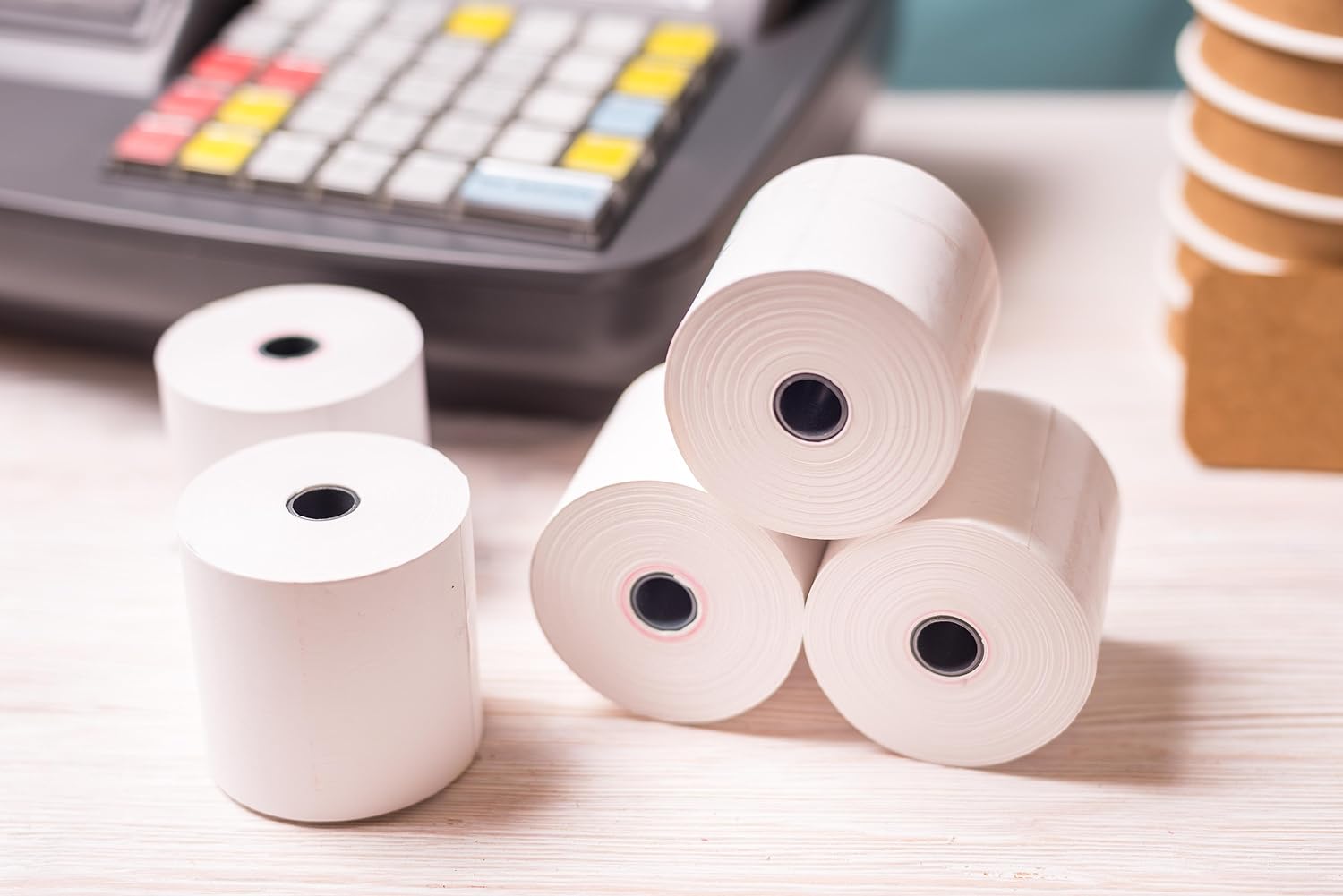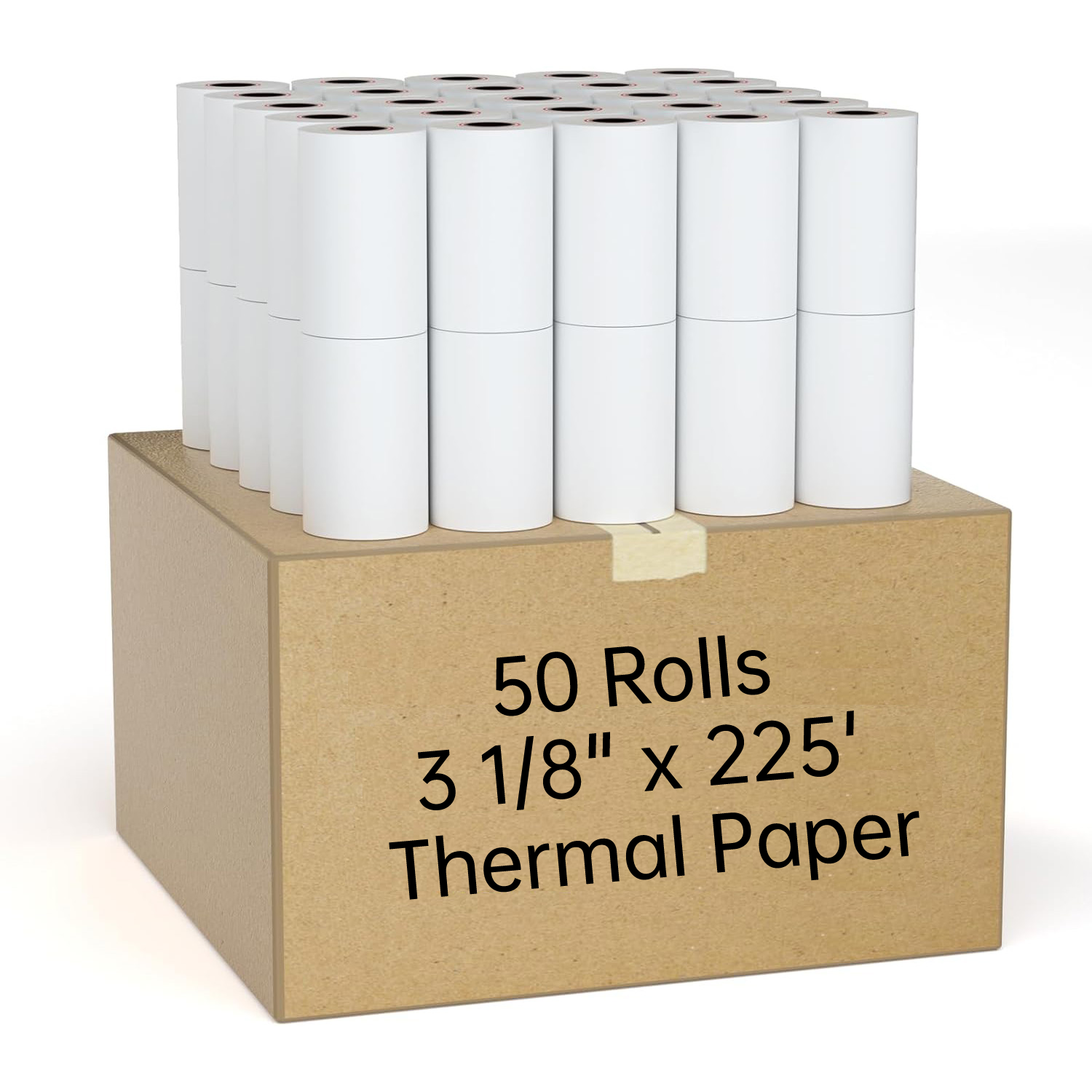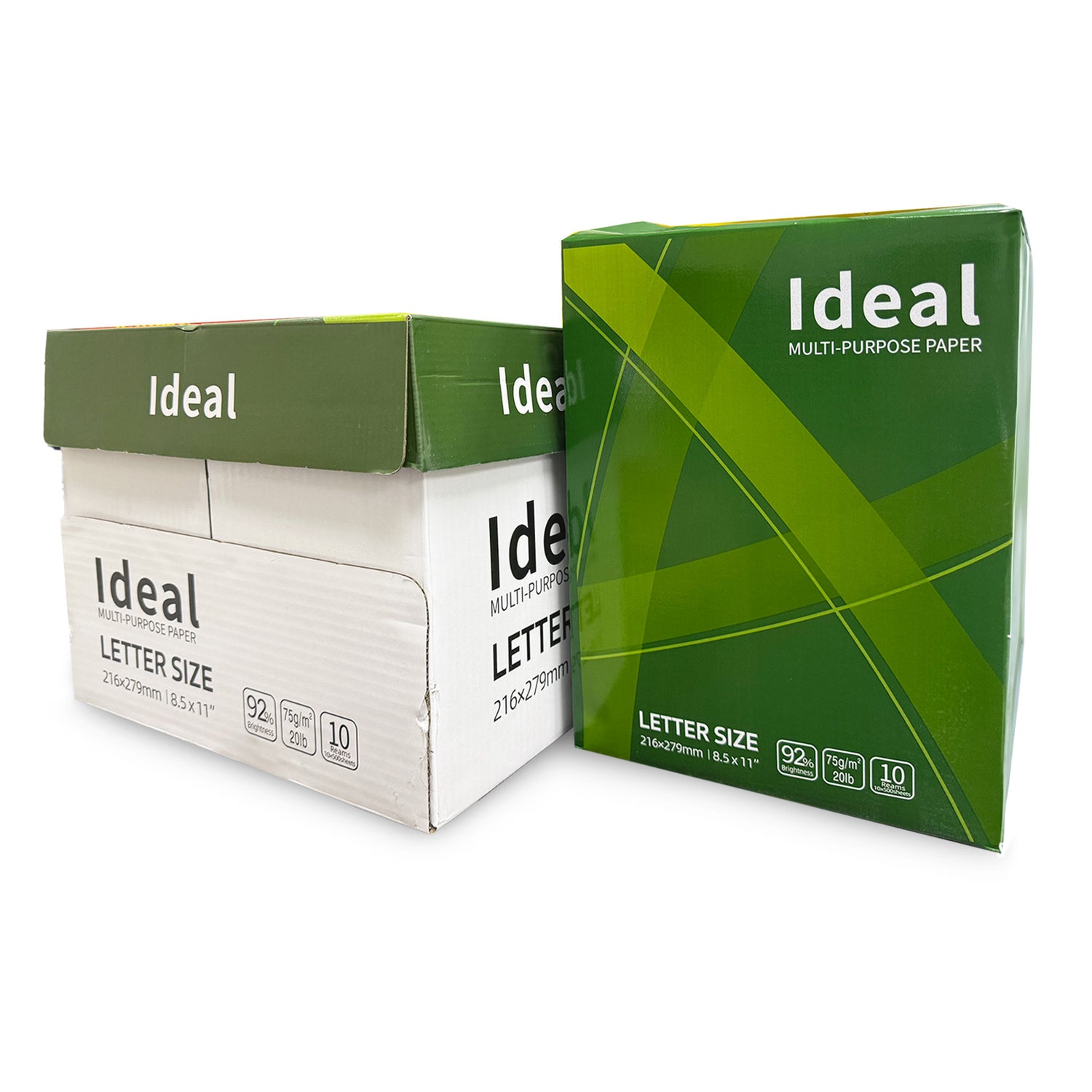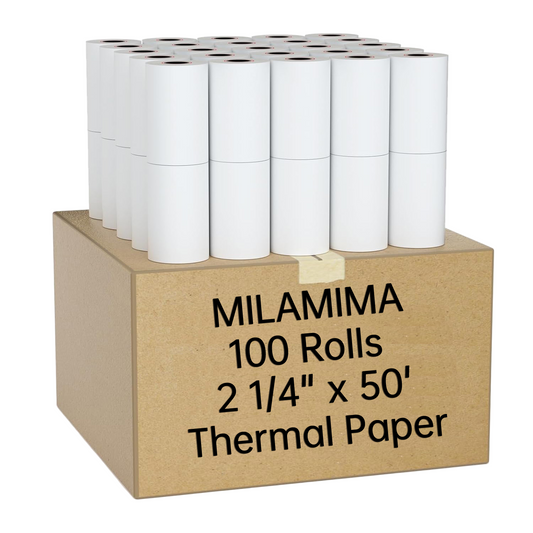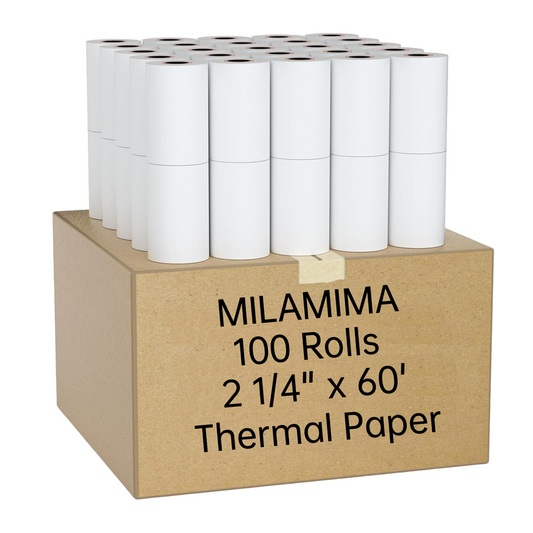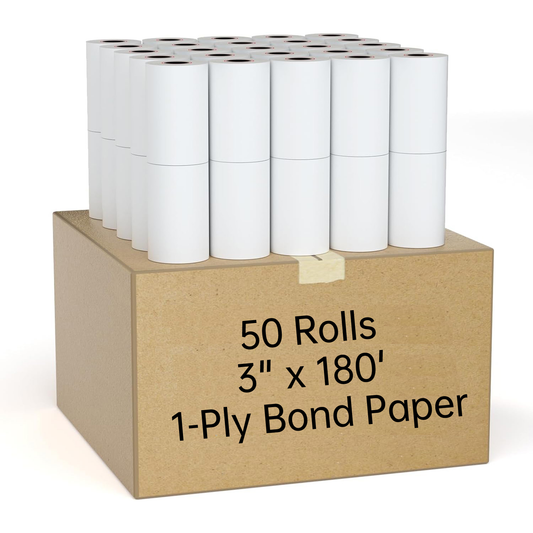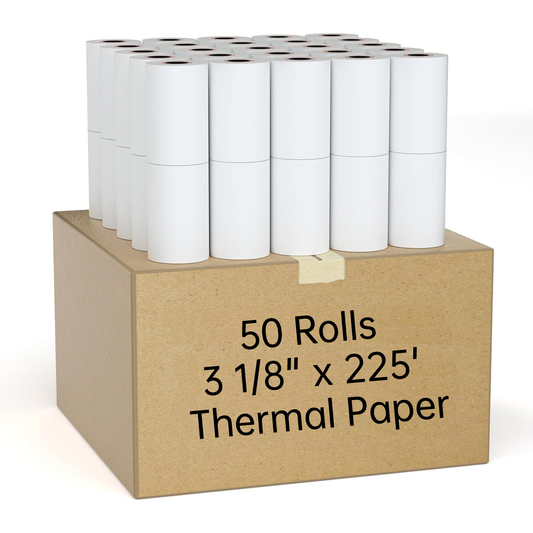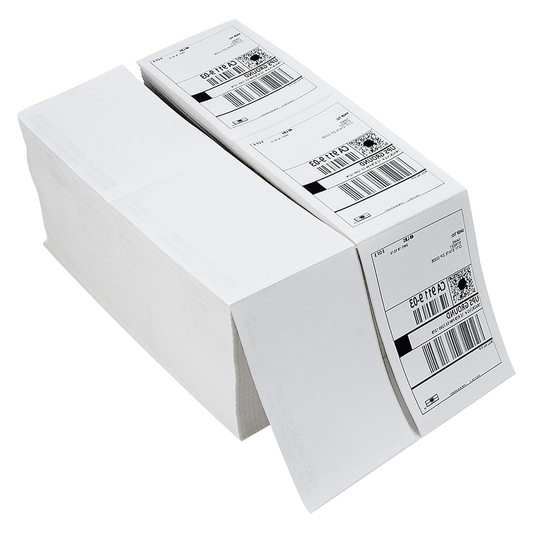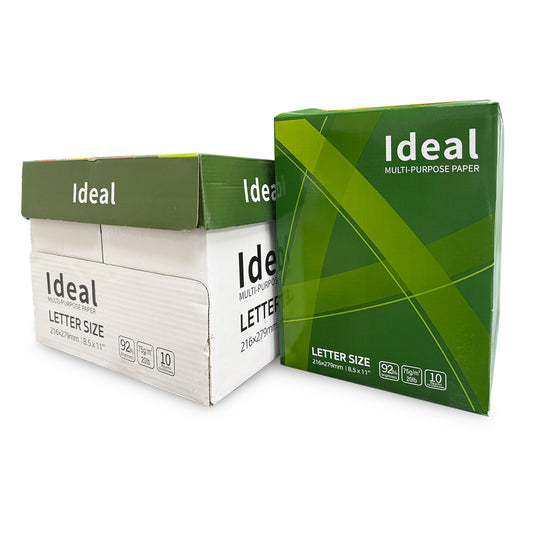Introduction:
Binoculars are invaluable tools for birdwatching, wildlife observation, sports events, and even stargazing. However, many users struggle to achieve a crisp, clear image due to improper focusing and calibration. In this guide, we'll delve into the essential steps to properly focus binoculars, including calibration techniques for optimal viewing.
Understanding Focusing vs. Calibration: Focusing binoculars involves adjusting the central focusing wheel to bring both barrels into focus simultaneously. However, calibration, or diopter adjustment, is equally crucial. It compensates for differences in vision between your eyes, ensuring a sharp image when using both eyes.
Steps for Calibrating Binoculars:
- Locate the Diopter Adjustment: Most binoculars feature a diopter adjustment ring near the eyepiece, typically on the right barrel. It may be marked with symbols like "-" and "+".
- Begin Calibration: Close one eye (preferably the right) and focus on a distant object using the central wheel with the other eye open.
- Adjust Diopter: Without changing the central focus, adjust the diopter ring until the image is sharp in the open eye.
- Repeat for the Other Eye: Close the opposite eye and adjust the diopter for that eye.
- Test Both Eyes: Open both eyes and ensure the image remains clear. If necessary, fine-tune the central focus for optimal clarity.
Different Diopter Adjustments:
- Some binoculars have the diopter adjustment integrated into the central focusing wheel or located in front of it. The process remains similar, adjusting until both eyes achieve sharp focus.
- High-end binoculars may feature lockable diopter adjustments to prevent accidental changes.
Fixed Focus Binoculars: Alternatively, fixed or self-focusing binoculars maintain a permanent focus, eliminating the need for constant adjustments. However, calibration is still necessary initially.
Troubleshooting Diopter Issues: If you find yourself frequently readjusting the diopter or experiencing blurred vision, there may be an issue with your binoculars. In such cases, consulting with an optician or considering an upgrade to higher-quality optics like the Hawke Endurance 8x32 could improve your viewing experience.
Conclusion: Properly focusing and calibrating binoculars is essential for enjoying clear, detailed views of the world around you. By following the steps outlined in this guide, you can ensure your binoculars are optimized for your vision, enhancing your outdoor adventures and wildlife observations. Remember, investing a little time in calibration can result in a lifetime of sharper, more immersive viewing experiences.


